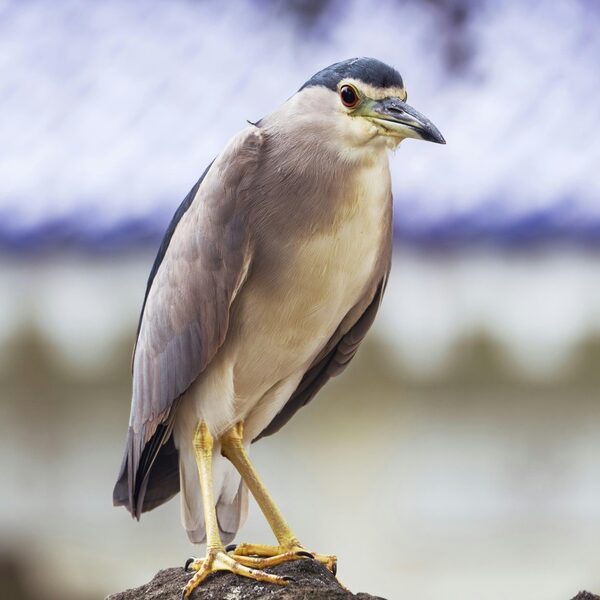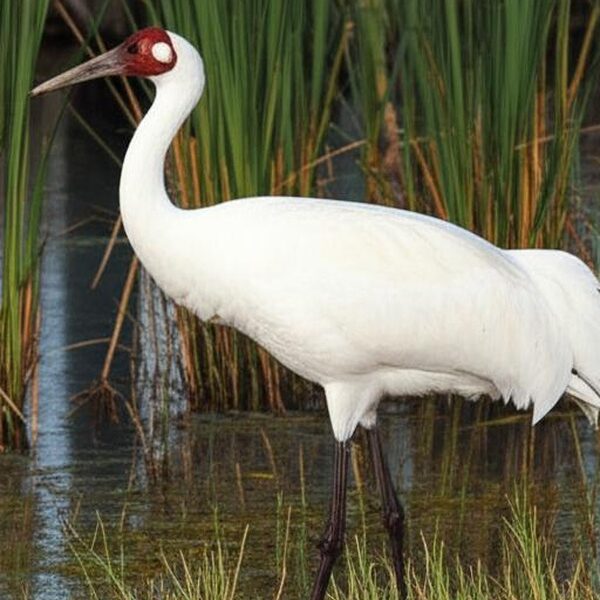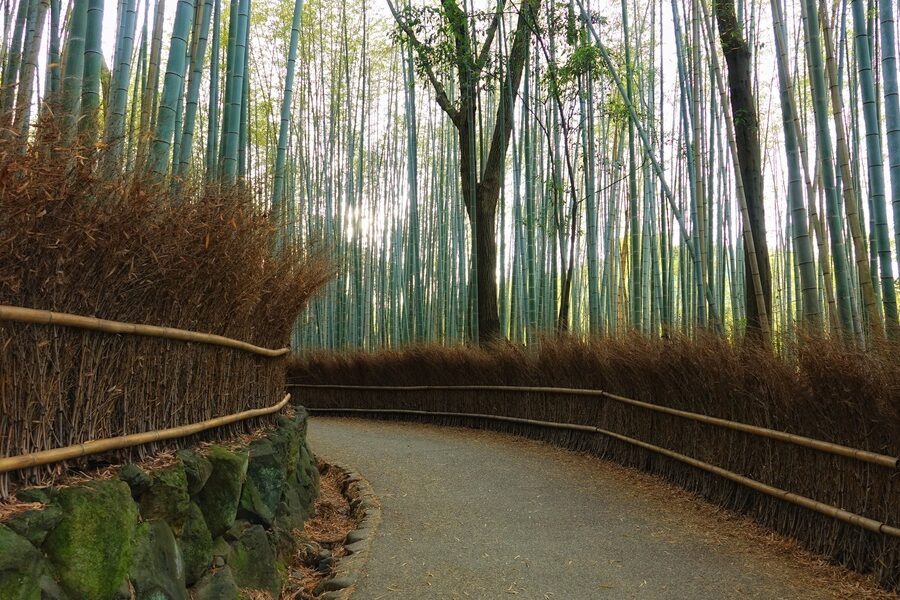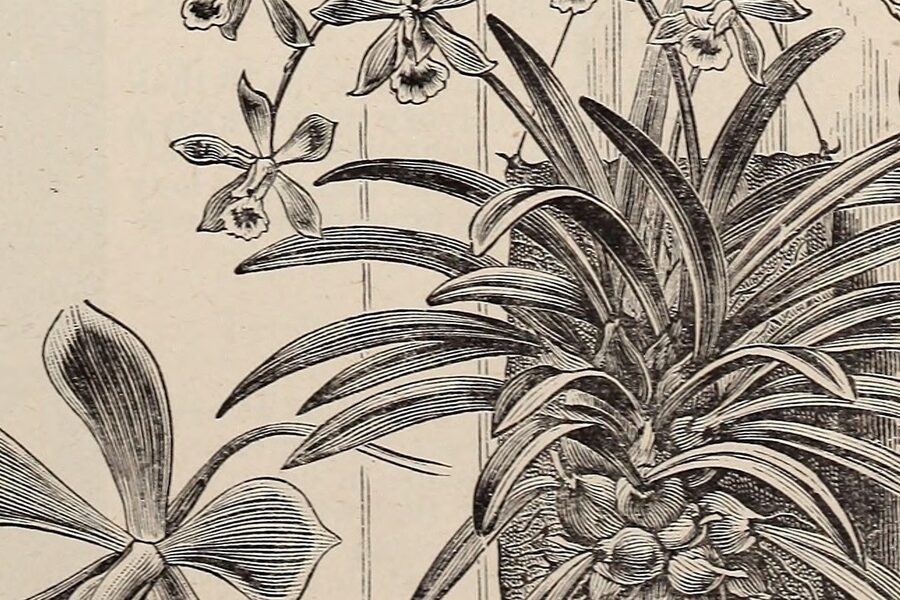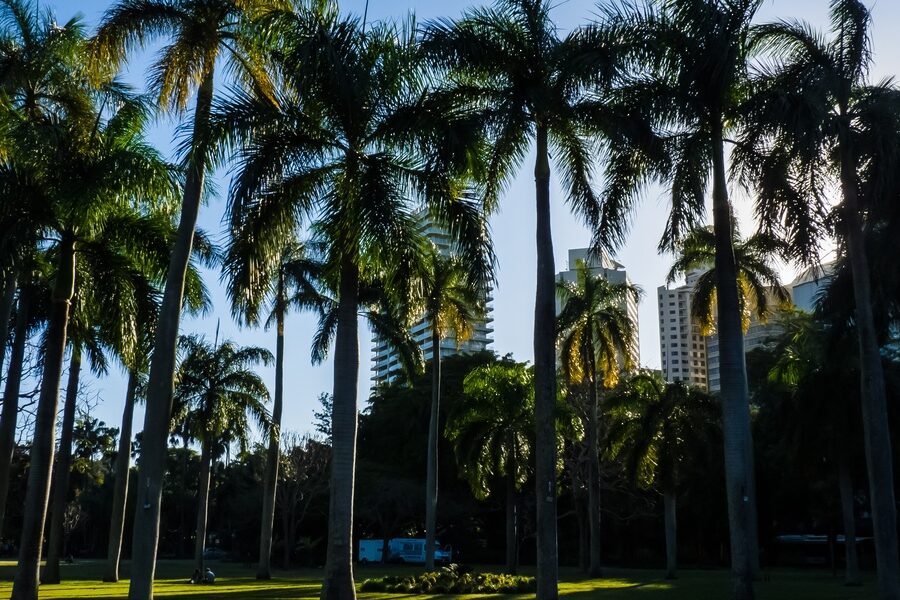Shrubs are the unsung heroes of many gardens, providing structure, year-round interest, and vital habitat. From their diverse foliage to their seasonal blooms, these woody plants offer incredible versatility for any landscape design, whether you’re creating a dense border or a delicate focal point.
To help you navigate this varied world, we’ve compiled a comprehensive list. You’ll find 45 Shrub Examples here, showcasing a wide spectrum from the vibrant berries of American Beautyberry to the unique winter blooms of Witch Hazel. For each entry, we’ve included essential details like its Scientific Name, Average Height (m), and Hardiness Zone, all presented in the detailed breakdown you’ll find below.
What’s the main difference between a shrub and a tree?
The primary distinction between a shrub and a tree lies in their branching structure. Trees typically have a single, dominant woody stem or trunk that branches out higher up, forming a distinct crown. Shrubs, on the other hand, usually feature multiple woody stems branching from or near the ground, creating a bushier, often shorter form. While some large shrubs might resemble small trees, this multi-stemmed habit is the key defining characteristic.
How do I choose the right shrub for my garden?
Selecting the ideal shrub involves considering several factors specific to your landscape. First, assess your climate and ensure the shrub’s Hardiness Zone matches yours for optimal survival. Next, think about the mature size and shape of the plant, making sure it fits the available space without overcrowding. Finally, consider its light requirements (full sun, partial shade), soil preferences, and desired aesthetic qualities like bloom time, foliage color, and any seasonal interest it might provide.
Shrub Examples
| Shrub Name | Scientific Name | Average Height (m) | Hardiness Zone |
|---|---|---|---|
| Common Lilac | Syringa vulgaris | 3-4 | 3-7 |
| Bigleaf Hydrangea | Hydrangea macrophylla | 1-2 | 6-9 |
| Common Boxwood | Buxus sempervirens | 1-5 | 5-8 |
| Azalea | Rhododendron spp. | 1-3 | 4-9 |
| Forsythia | Forsythia x intermedia | 2-3 | 5-8 |
| Rose of Sharon | Hibiscus syriacus | 2-4 | 5-9 |
| Japanese Barberry | Berberis thunbergii | 1-1.5 | 4-8 |
| Japanese Spirea | Spiraea japonica | 0.5-1.5 | 4-8 |
| Weigela | Weigela florida | 1-3 | 4-8 |
| Doublefile Viburnum | Viburnum plicatum f. tomentosum | 2-3 | 5-8 |
| Blue Holly | Ilex x meserveae | 2-4 | 5-9 |
| Juniper | Juniperus communis | 0.5-4 | 3-9 |
| Burning Bush | Euonymus alatus | 2-4 | 4-8 |
| Butterfly Bush | Buddleja davidii | 2-4 | 5-9 |
| Potentilla | Potentilla fruticosa | 0.5-1 | 2-7 |
| Ninebark | Physocarpus opulifolius | 1.5-3 | 2-8 |
| Smokebush | Cotinus coggygria | 3-5 | 4-8 |
| Japanese Pieris | Pieris japonica | 2-4 | 5-8 |
| Camellia | Camellia japonica | 2-4 | 7-9 |
| Gardenia | Gardenia jasminoides | 1-2.5 | 8-11 |
| Red Twig Dogwood | Cornus sericea | 2-3 | 2-7 |
| Dwarf Fothergilla | Fothergilla gardenii | 0.5-1 | 5-8 |
| Japanese Maple | Acer palmatum | 2-5 | 5-8 |
| Elderberry | Sambucus nigra | 2-4 | 4-8 |
| Oakleaf Hydrangea | Hydrangea quercifolia | 1.5-2.5 | 5-9 |
| Oregon Grape | Mahonia aquifolium | 1-2 | 5-9 |
| Glossy Abelia | Abelia x grandiflora | 1-2 | 6-9 |
| American Beautyberry | Callicarpa americana | 1-2.5 | 6-10 |
| Winter Daphne | Daphne odora | 1-1.2 | 7-9 |
| Heavenly Bamboo | Nandina domestica | 1-2.5 | 6-9 |
| Indian Hawthorn | Rhaphiolepis indica | 1-1.5 | 8-11 |
| Mock Orange | Philadelphus coronarius | 2-3 | 4-8 |
| Flowering Quince | Chaenomeles speciosa | 1.5-3 | 5-9 |
| Winterberry Holly | Ilex verticillata | 2-4 | 3-9 |
| Summersweet | Clethra alnifolia | 1-2.5 | 4-9 |
| English Yew | Taxus baccata | 2-5 | 6-7 |
| Privet | Ligustrum vulgare | 2-5 | 5-8 |
| Deutzia | Deutzia gracilis | 0.5-1 | 5-8 |
| Russian Sage | Perovskia atriplicifolia | 1-1.5 | 4-9 |
| English Lavender | Lavandula angustifolia | 0.5-1 | 5-9 |
| Sumac | Rhus typhina | 3-5 | 4-8 |
| Chokeberry | Aronia melanocarpa | 1-2 | 3-8 |
| Caryopteris | Caryopteris x clandonensis | 0.5-1 | 5-9 |
| Witch Hazel | Hamamelis virginiana | 3-5 | 3-8 |
| Kerria | Kerria japonica | 1-2 | 4-9 |
Images and Descriptions
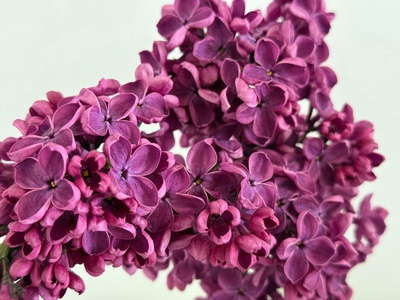
Common Lilac
A classic deciduous shrub celebrated for its highly fragrant, conical clusters of purple or white flowers in late spring. It is a low-maintenance favorite for creating informal hedges or as a standalone specimen plant, attracting pollinators.
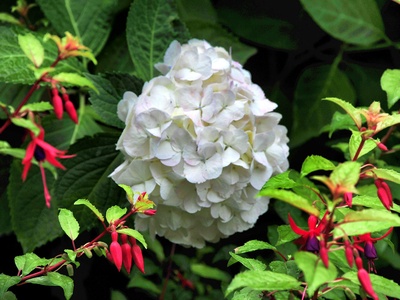
Bigleaf Hydrangea
Famous for its large, showy pom-pom or lacecap flower heads in shades of blue, pink, or white, which can change color based on soil pH. This deciduous shrub is a summer garden staple for shaded, moist locations.
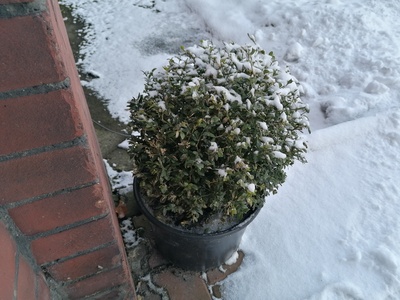
Common Boxwood
A versatile evergreen prized for its dense, small-leaved foliage, making it ideal for formal hedges, borders, and topiary. It maintains its deep green color year-round and can be easily pruned to any desired shape or size.
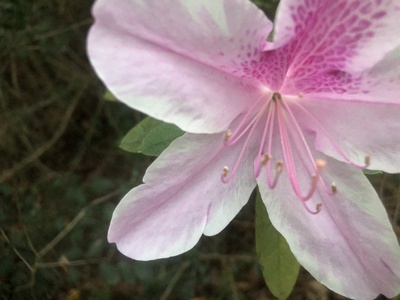
Azalea
A vast group of flowering shrubs renowned for their spectacular, vibrant blooms in spring. Available in evergreen and deciduous varieties, they thrive in acidic, well-drained soil and prefer partial shade, making them perfect for woodland gardens.
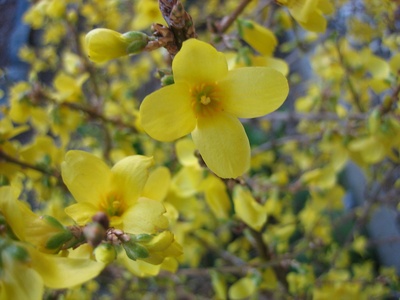
Forsythia
One of the first signs of spring, this deciduous shrub explodes with a profusion of brilliant yellow, bell-shaped flowers on bare, arching branches. It is a fast-grower often used for creating cheerful, informal hedges and screens.
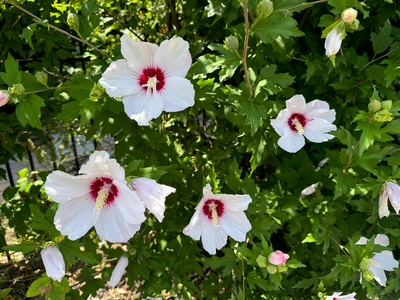
Rose of Sharon
A valuable late-summer bloomer, this upright deciduous shrub produces large, tropical-looking flowers in white, pink, purple, and blue. It is heat and drought tolerant, making it an easy-care choice for sunny locations.
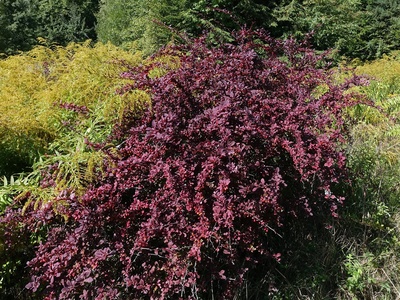
Japanese Barberry
Known for its vibrant foliage in shades of red, purple, or gold, this dense, thorny deciduous shrub provides season-long color. It is extremely hardy and drought-tolerant, often used for low hedges or as a barrier plant.
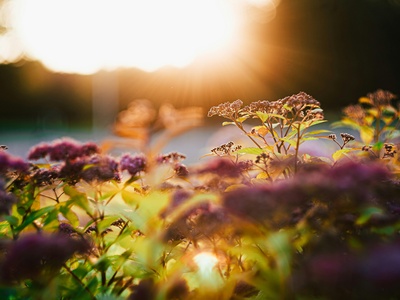
Japanese Spirea
A compact, mounding deciduous shrub that produces clusters of tiny pink or white flowers in summer. Its foliage often emerges in colorful shades of red or bronze, and it is exceptionally easy to grow in a wide range of conditions.
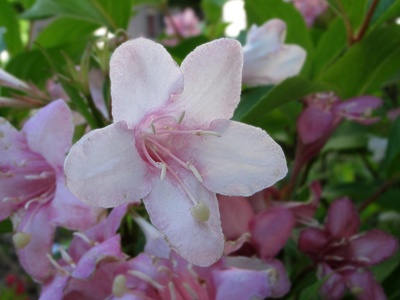
Weigela
This deciduous shrub features graceful, arching branches covered with trumpet-shaped flowers in shades of pink, red, or white in late spring. It is a favorite of hummingbirds and butterflies and many cultivars offer attractive variegated foliage.
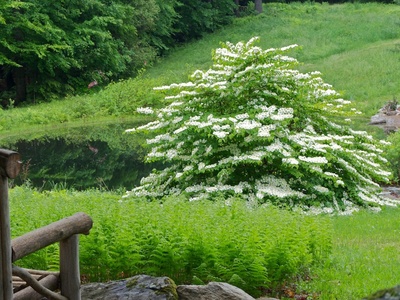
Doublefile Viburnum
An elegant deciduous shrub with a distinctive horizontal branching habit. It produces beautiful, flat-topped clusters of white flowers in spring, followed by red-black fruit. Its foliage turns a stunning purplish-red in the fall.
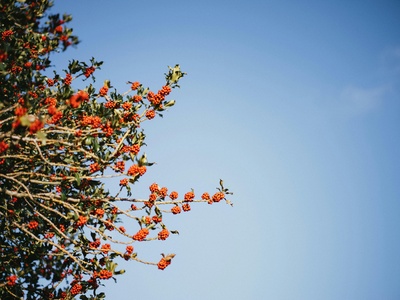
Blue Holly
A handsome evergreen shrub with glossy, spiny, dark bluish-green leaves. Female plants produce bright red berries that persist through winter, providing a classic holiday look and a food source for birds. Requires a male pollinator for berry production.
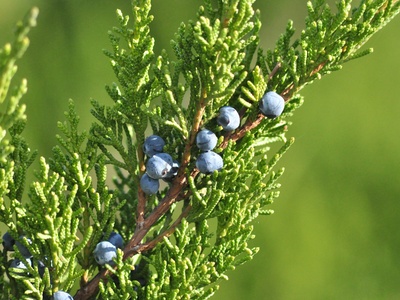
Juniper
An extremely tough and versatile evergreen conifer that comes in many forms, from low-growing groundcovers to upright shrubs. Its needle-like or scale-like foliage is often aromatic and it tolerates poor, dry soils and full sun.
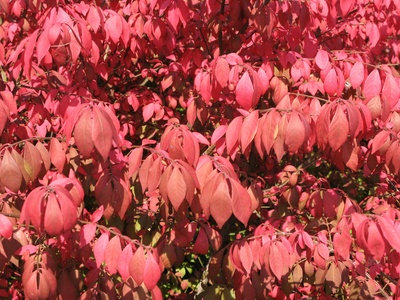
Burning Bush
Named for its incredibly brilliant, fiery red foliage in the fall, this deciduous shrub is a true autumn showstopper. Its unique, winged stems add winter interest. Note: It can be invasive in some regions.
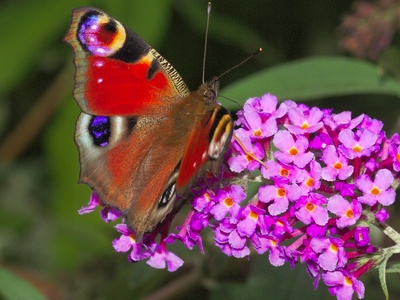
Butterfly Bush
Named for its ability to attract swarms of butterflies, this fast-growing deciduous shrub produces long, honey-scented panicles of flowers from summer to fall. It thrives in full sun and well-drained soil and benefits from hard pruning.
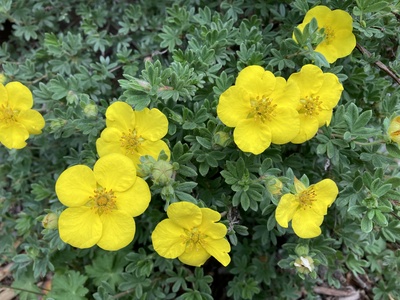
Potentilla
An exceptionally hardy and long-blooming deciduous shrub, producing cheerful, buttercup-like flowers in yellow, white, pink, or orange all summer long. Its fine-textured foliage and compact size make it ideal for borders and mass plantings.
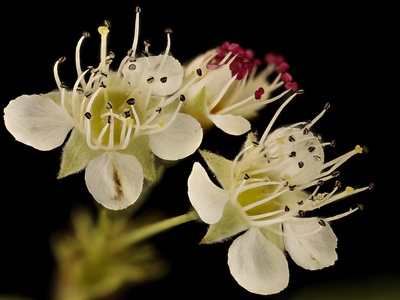
Ninebark
This native deciduous shrub is valued for its interesting, peeling bark and colorful foliage, which can be deep purple, gold, or copper. Clusters of pinkish-white flowers appear in late spring, adding to its multi-season appeal.
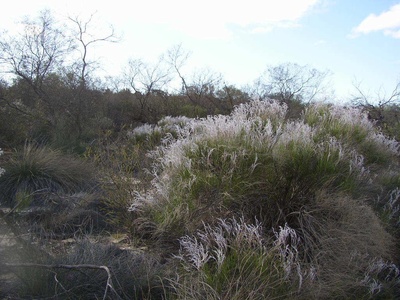
Smokebush
A dramatic deciduous shrub or small tree, famous for its large, airy flower plumes that create a “smoky” pink or purple haze in summer. Many varieties feature stunning deep purple or golden foliage that turns brilliant colors in fall.
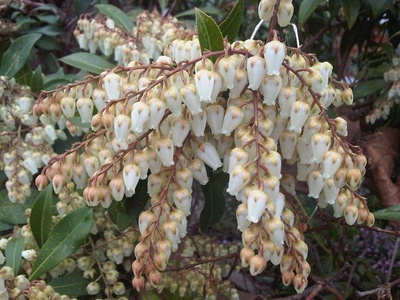
Japanese Pieris
A shade-loving evergreen that offers year-round interest. It features drooping clusters of fragrant, white, or pink bell-shaped flowers in early spring. Its new foliage often emerges in striking shades of bronze, red, or pink.
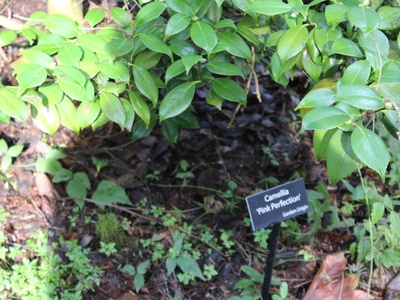
Camellia
An icon of the southern garden, this evergreen shrub produces exquisite, rose-like flowers in shades of white, pink, and red during the cooler months of fall, winter, or spring. It has glossy, dark green leaves and prefers acidic soil.
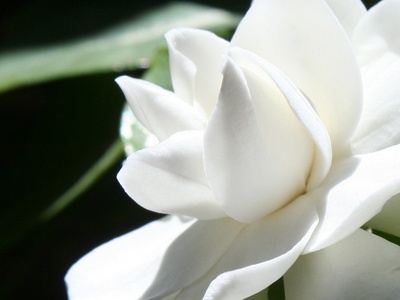
Gardenia
Prized for its intoxicatingly fragrant, creamy-white flowers that bloom from spring to summer. This evergreen shrub has glossy, dark green leaves and a compact habit, making it a superb choice for containers or foundation plantings in warm climates.
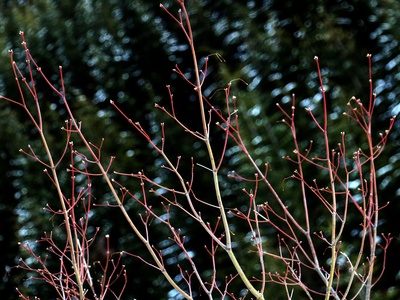
Red Twig Dogwood
This hardy deciduous shrub offers multi-season interest, with simple white flowers in spring and stunning, vibrant red branches that provide spectacular color against a snowy winter landscape. It is excellent for mass plantings and adding winter appeal.
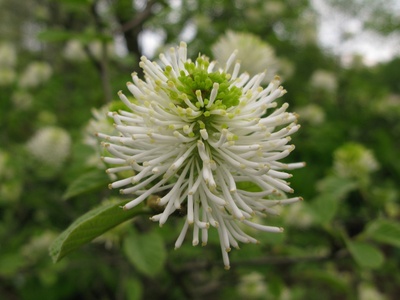
Dwarf Fothergilla
A charming, small deciduous shrub with unique, honey-scented, bottlebrush-like white flowers in spring. It’s especially valued for its spectacular, fiery fall foliage in shades of yellow, orange, and red, making it a multi-season star.
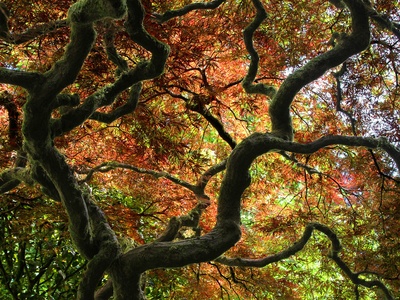
Japanese Maple
While some varieties grow into trees, many compact, slow-growing cultivars are true shrubs. They are revered for their delicate, lobed leaves in shades of green, red, or purple and their elegant, sculptural form, perfect for specimen planting.
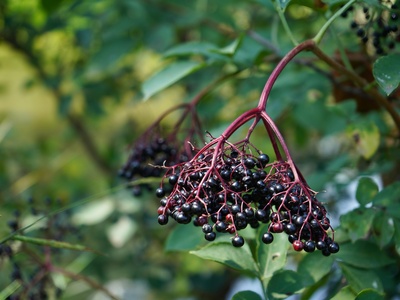
Elderberry
A large, fast-growing deciduous shrub that produces huge, flat-topped clusters of fragrant, creamy-white flowers in early summer. The flowers give way to dark purple-black berries that are popular for making wines, jams, and syrups.
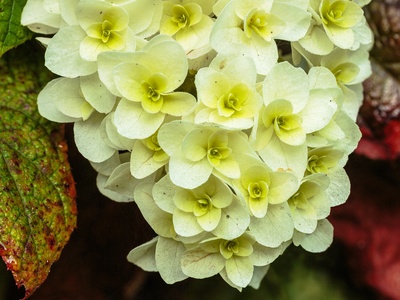
Oakleaf Hydrangea
A distinctive, shade-loving deciduous shrub with large leaves shaped like oak leaves that turn a magnificent reddish-purple in autumn. It produces long, conical panicles of white flowers in summer that slowly fade to pink.
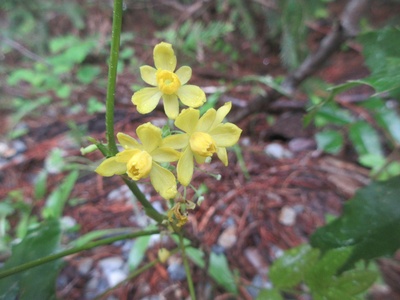
Oregon Grape
A rugged evergreen shrub with spiny, holly-like leaves that often turn bronze or purple in winter. In early spring, it bears cheerful clusters of bright yellow flowers, followed by edible, tart, blue-black berries that resemble small grapes.

Glossy Abelia
A graceful, arching shrub with small, glossy leaves and a profusion of slightly fragrant, trumpet-shaped white or pink flowers from summer through fall. It is semi-evergreen in warmer climates and is a favorite of bees and butterflies.
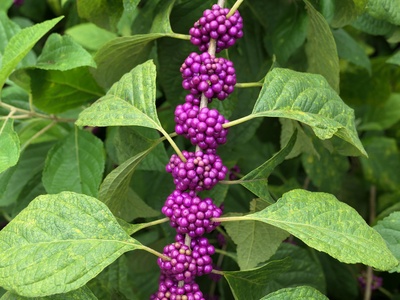
American Beautyberry
A deciduous shrub primarily grown for its incredible, vibrant clusters of metallic-purple berries that encircle the stems in fall. The berries persist after the leaves drop, creating a stunning visual and providing food for birds.
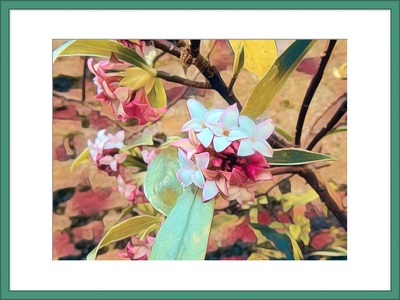
Winter Daphne
A compact evergreen prized for its intensely fragrant, pinkish-purple flowers that bloom in late winter or early spring. Its intoxicating scent can perfume an entire garden, making it a perfect choice for planting near entryways or patios.
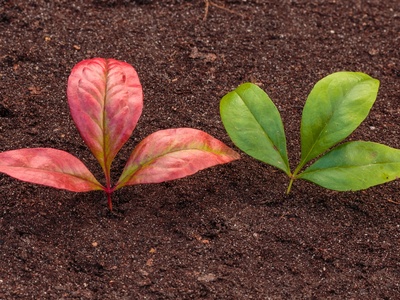
Heavenly Bamboo
An elegant, upright evergreen shrub with fine, bamboo-like foliage that changes color throughout the seasons. It produces delicate white flower sprays in spring followed by bright red berries that last through winter. It is not a true bamboo.
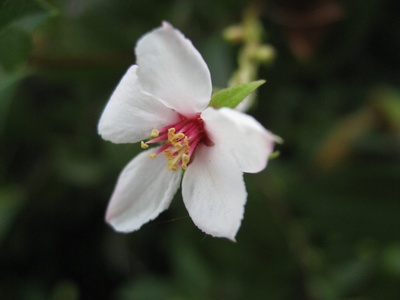
Indian Hawthorn
A dense, mounding evergreen shrub that is tough and tolerant of salt spray and drought. In spring, it is covered with clusters of star-shaped pink or white flowers, which are sometimes followed by small, dark blue fruit.

Mock Orange
Named for its single, cup-shaped white flowers that fill the late-spring air with a sweet, orange-blossom fragrance. This old-fashioned, deciduous shrub has a charming, arching habit and is very easy to grow.
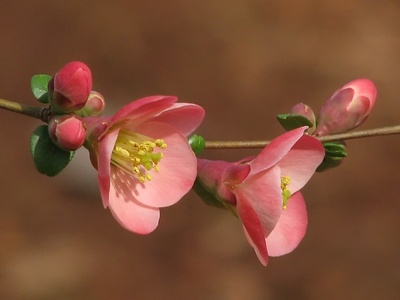
Flowering Quince
A dense, thorny deciduous shrub that puts on a spectacular show in early spring with its vibrant, cup-shaped flowers in shades of scarlet, pink, or white. It is extremely tough and produces a bitter, aromatic fruit used for preserves.
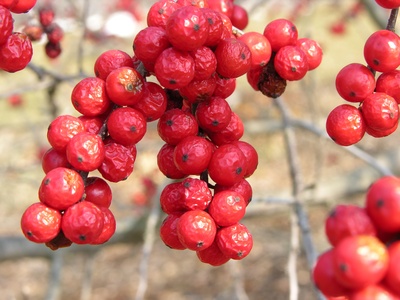
Winterberry Holly
A deciduous holly that drops its leaves in fall to reveal an incredible display of tightly clustered, brilliant red berries on bare stems. It provides essential winter color and a vital food source for birds. A male pollinator is needed.
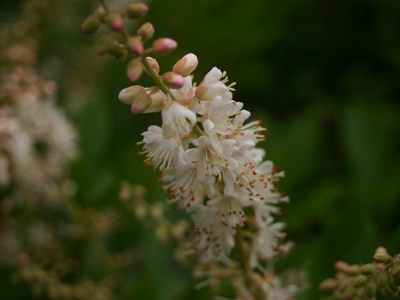
Summersweet
A wonderful native shrub that produces fragrant, bottlebrush-like spikes of white or pink flowers in late summer, a time when few other shrubs are blooming. It thrives in moist, shady spots and has lovely yellow fall color.
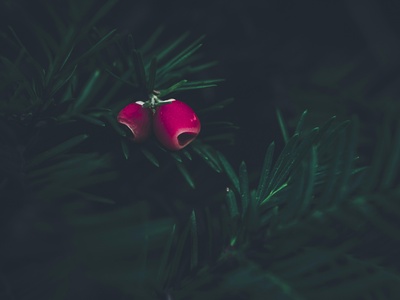
English Yew
A classic, dense evergreen conifer with dark green, needle-like leaves. It responds exceptionally well to shearing, making it a top choice for formal hedges, privacy screens, and intricate topiary. Female plants produce a fleshy, red, berry-like cone.
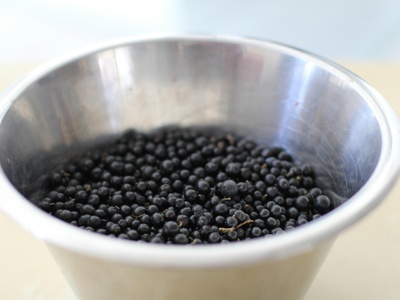
Privet
A very popular, fast-growing shrub often used to create dense privacy hedges. It has small, oval leaves and produces panicles of small, white, fragrant flowers in summer. It is semi-evergreen and extremely tolerant of heavy pruning.
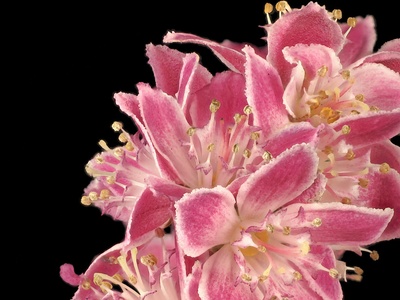
Deutzia
A graceful, mounding deciduous shrub that becomes completely covered in masses of small, star-shaped white flowers in spring. It’s a low-maintenance plant that works beautifully in borders, foundation plantings, or as a low hedge.
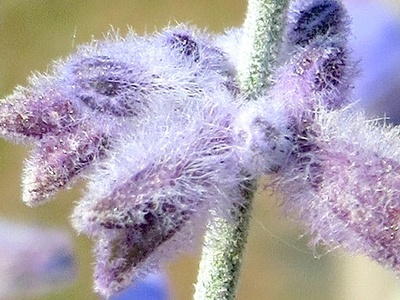
Russian Sage
Though technically a woody sub-shrub, it functions as a shrub in the landscape. It boasts aromatic, silvery-gray foliage and tall, airy spikes of lavender-blue flowers from mid-summer to fall, thriving in hot, dry conditions.
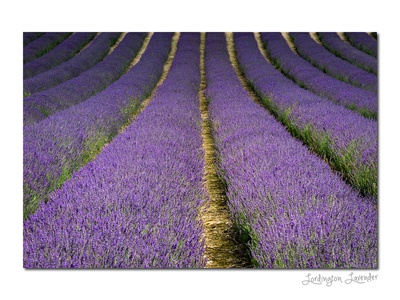
English Lavender
A beloved, compact shrub prized for its aromatic silvery-green foliage and slender spikes of fragrant purple flowers in summer. It’s perfect for borders, herb gardens, and containers, and is highly attractive to bees and other pollinators.
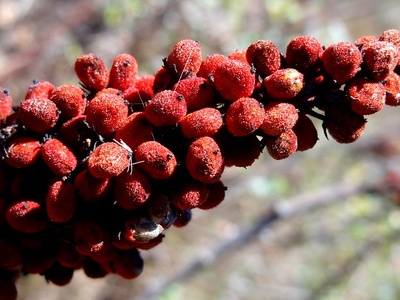
Sumac
Known for its dramatic, tropical-looking compound leaves that turn brilliant shades of orange, red, and yellow in the fall. Female plants produce fuzzy, upright cones of crimson berries that persist through winter, providing food for birds.
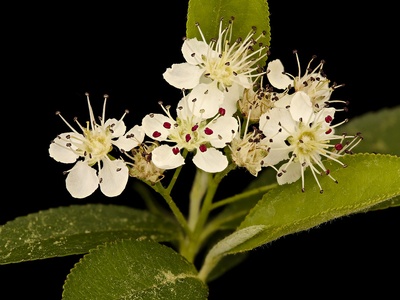
Chokeberry
A tough and adaptable native shrub offering three seasons of interest. It has clusters of white spring flowers, glossy dark green leaves, and dark purple-black berries high in antioxidants. The fall foliage is a brilliant red.
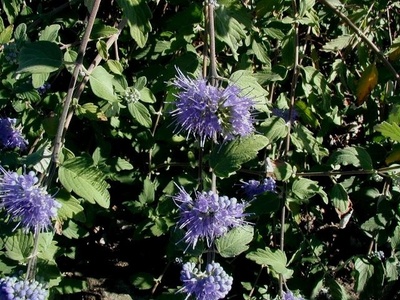
Caryopteris
Also known as Bluebeard, this small, mounding shrub is a late-season star, producing beautiful clusters of powder-blue flowers from late summer until frost. Its aromatic, gray-green foliage adds to its appeal for sunny, dry spots.
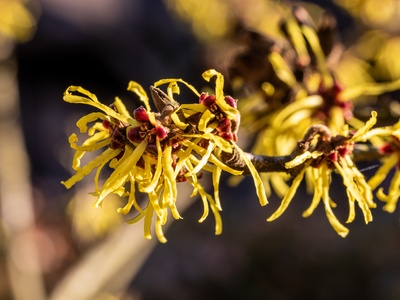
Witch Hazel
A unique large shrub or small tree that blooms in late autumn or winter, featuring fragrant, spidery flowers in shades of yellow. It offers reliable yellow fall color and is a fascinating addition for four-season interest.
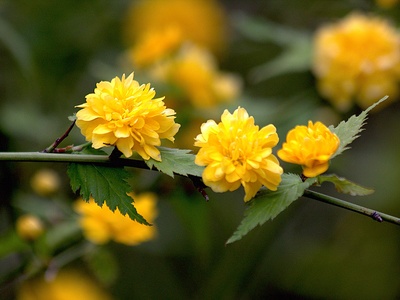
Kerria
A cheerful, shade-tolerant shrub with slender, arching green stems that provide winter interest. In spring, it’s covered with bright, golden-yellow, rose-like flowers. It’s known for its toughness and tendency to spread by suckers.

